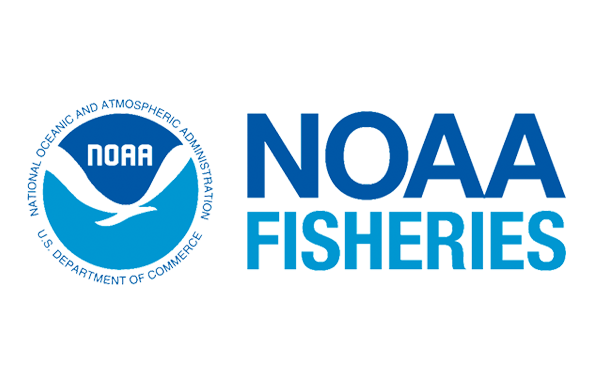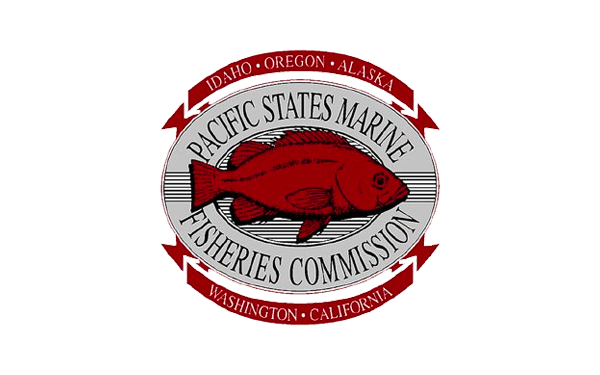ESSA developed conceptual models for what we considered the primary drivers of habitat conditions for fish in the Klamath Basin (i.e. fluvial geomorphic processes and water quality) and for each of the focal fish species currently present within each Klamath Basin sub-region or potentially present if fish passage is restored in the future. Different participants in the Klamath IFRMP process will have different preferences for the best form of conceptual models, some preferring simpler representations of system components while others will prefer more complex representations.
We developed conceptual models of intermediate complexity, neither too simple nor too complex. They are intended to provide acceptable representations of Klamath Basin issues in a format that is relatively easy to understand and stimulate collaborative engagement in technical workgroup and workshop settings.
The following document outlines the approach ESSA took to develop the conceptual models, as well as the conceptual models themselves (see Appendix A). Please note that these conceptual models were developed at a time when it was unclear whether or not the dams would be removed, so some may refer to “dams-in” and “dams-out” scenarios, which are no longer applicable.





